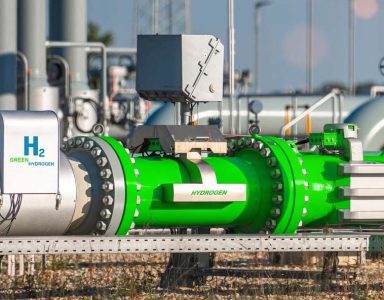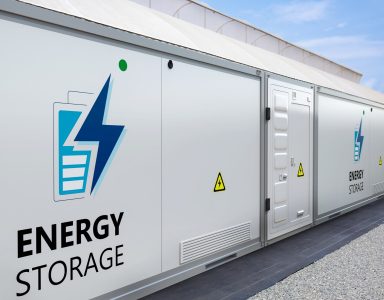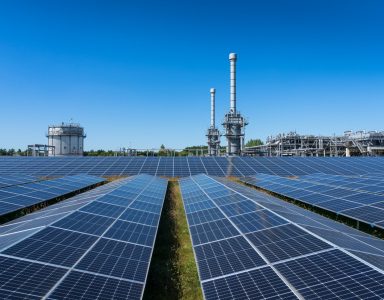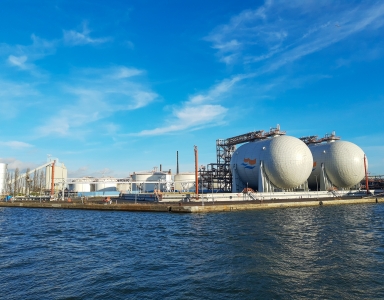Cost efficiency as a deciding factor in an Innovation Fund application
When the European Commission evaluates Innovation Fund proposals, one number often makes the difference between “excellent” and “good”: the Cost Efficiency ratio. It measures how effectively a project uses EU funding to reduce emissions, and it’s central to the scoring system.
What does cost efficiency mean?
In practice, the cost efficiency reflects how many euros of support are needed to avoid one tonne of CO₂. The lower the ratio, the better the project performs. For CINEA evaluators, cost efficiency isn’t just a number; it’s a sign of value-for-money, realism, and proportionality.
The formula for the cost efficiency within an Innovation Fund application is simple:
Cost Efficiency = EU grant requested (€) ÷ total avoided CO₂ emissions (tonnes)
Why it matters for ranking
All other things being equal, projects with higher cost efficiency, that is, lower cost per tonne of CO₂ avoided, are more attractive. Even a strong innovation can be downgraded if it appears too expensive for the climate benefit it provides.That’s why leading applicants treat cost efficiency as a strategic design tool, not an afterthought.
How to improve your cost efficiency
- Fine-tune your funding request: you don’t have to apply for the full 60% of relevant costs. Sometimes, requesting a lower grant amount can improve your €/tCO₂ figure and strengthen your competitive position;
- Strengthen your emission impact: quantify and justify your emission reduction carefully. Ensure your baseline is correct and your calculations verifiable. A higher avoided emissions figure immediately improves cost efficiency;
- Focus on high-impact components: if parts of your project deliver limited emission benefits, reconsider whether they belong in the grant scope;
- Be conservative but transparent: overly optimistic figures can backfire. Evaluators prefer conservative, well-documented assumptions to inflated ones;
- Demonstrate scalability: if your technology can be replicated, it amplifies the long-term efficiency of public support. Make that clear in your narrative.
Common mistakes in your Innovation Fund proposal
Some applicants misunderstand cost efficiency as purely a financial concept. In reality, it connects technical and economic credibility. Weaknesses in emission modelling, inconsistent data, or unclear relevant cost definitions can all distort the ratio and lead to lower scores.Others focus only on minimising costs, forgetting that a project must still demonstrate innovation and feasibility. The best proposals strike a balance: lean but robust, ambitious yet realistic.
A signal of maturity
A strong cost-efficiency ratio tells reviewers that your project delivers significant climate value for public money. It also shows strategic maturity: you understand how to optimise funding, not just request it.For companies, this perspective is powerful internally too. It clarifies the true economic leverage of EU support and demonstrates financial stewardship, qualities that appeal to both investors and evaluators.
Support when applying for Innovation Fund
Cost efficiency is more than an evaluation metric, it’s the essence of what the Innovation Fund stands for: achieving the greatest possible emission reduction with limited public resources. At Hezelburcht, we help clients model different funding scenarios, test sensitivities, and find the optimal balance between innovation, cost, and impact. Because efficiency isn’t just about numbers, it’s about delivering measurable climate value. Are you interested in applying for the Innovation Fund? Our specialists are happy to help. Contact us via info@hezelburcht.com, call us on 088 495 20 00 or fill in the contact form to schedule a meeting and discuss your grant opportunities.








